When iPhone X is used landscape, you're supposed to check safeAreaInsets to make suitably large gutters on the left and right. UITableView has the new insetsContentViewsToSafeArea property (default true) to automatically keep cell contents in the safe area.
I'm surprised that UICollectionView seems to not have anything similar. I'd expect that for a vertically-scrolling collection view, the left and right sides would be inset to the safe area when in landscape (and conversely, a horizontally-scrolling collection view would be inset if needed in portrait).
The simplest way to ensure this behaviour seems to be to add to the collection view controller:
- (void)viewSafeAreaInsetsDidChange {
[super viewSafeAreaInsetsDidChange];
UIEdgeInsets contentInset = self.collectionView.contentInset;
contentInset.left = self.view.safeAreaInsets.left;
contentInset.right = self.view.safeAreaInsets.right;
self.collectionView.contentInset = contentInset;
}
... assuming contentInset.left/right are normally zero.
(NOTE: yes, for a UICollectionViewController, that needs to be self.view.safeAreaInsets; at the time this is called, the change to safeAreaInsets has oddly not yet propagated to self.collectionView)
Am I missing something? That boilerplate is simple enough, but it's effectively necessary now for every collection view that touches a screen edge. It seems really odd that Apple didn't provide something to enable this by default.


